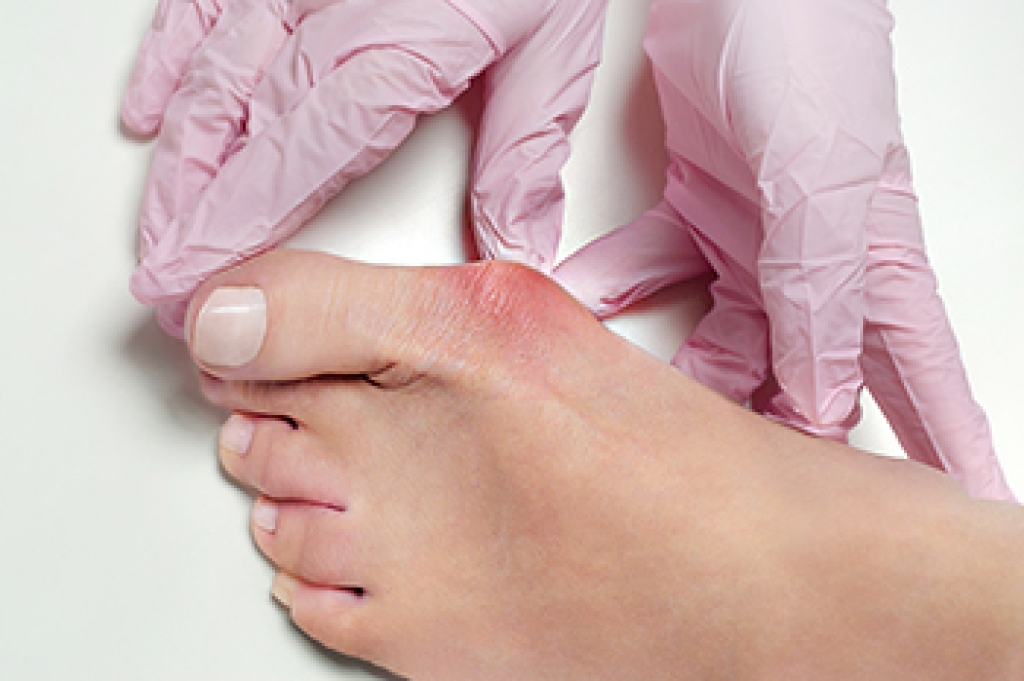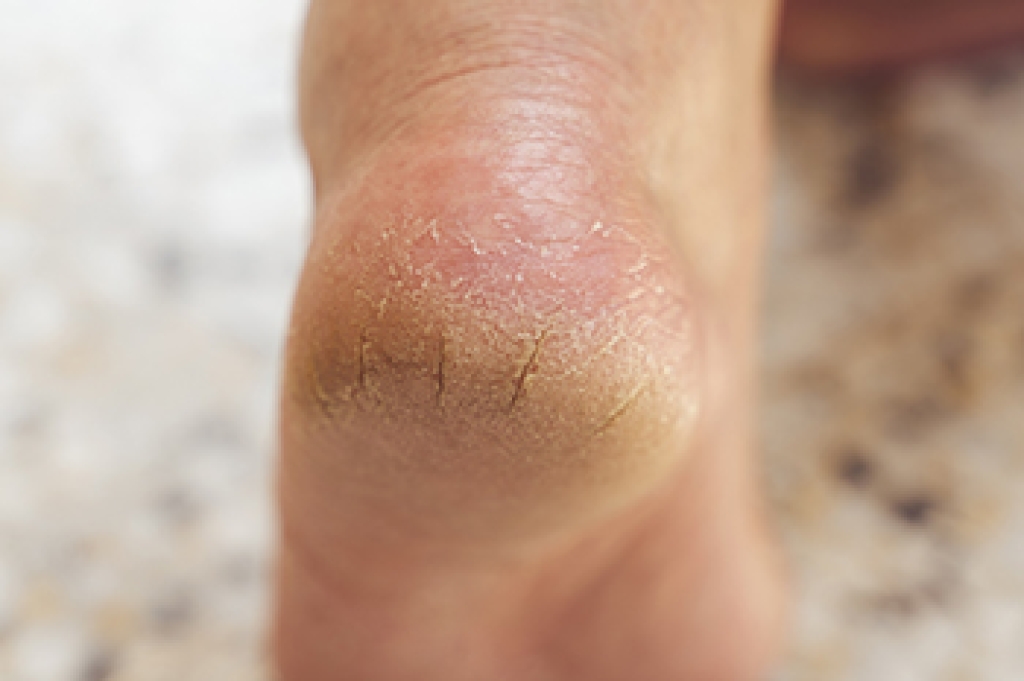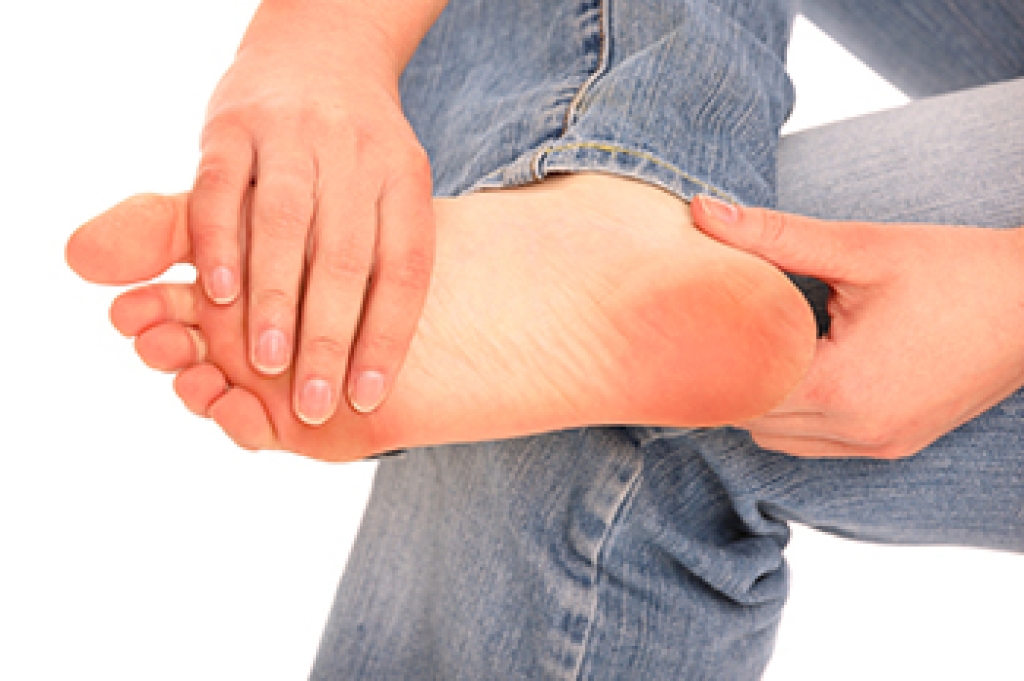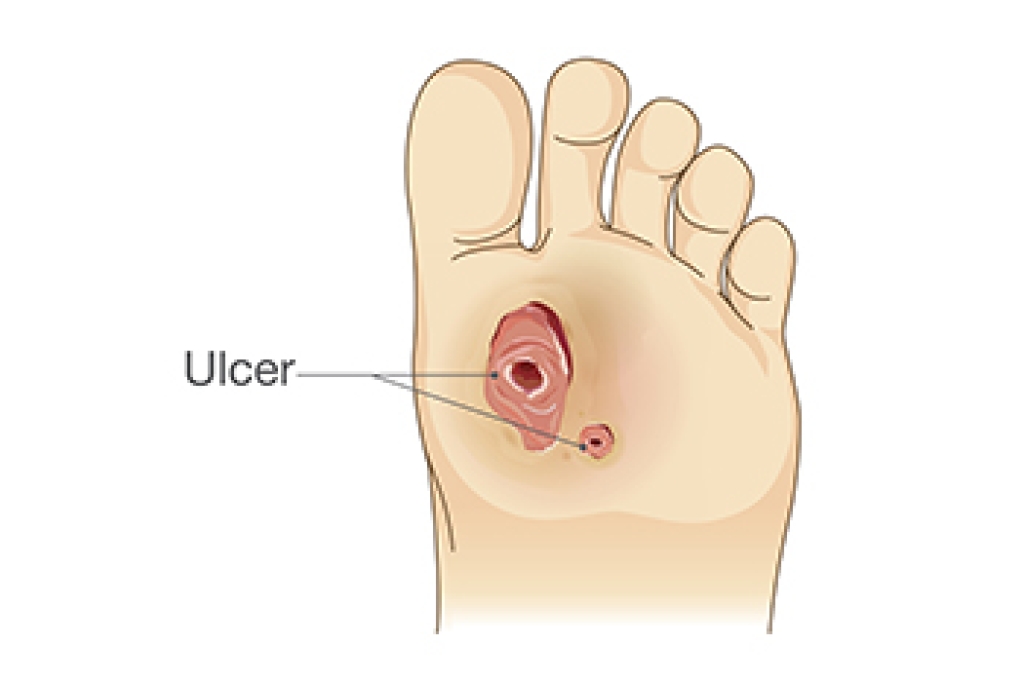
A bunion is a bony bump that forms at the base of the big toe when the joint becomes misaligned. It develops gradually as the big toe leans toward the second toe. Common causes include wearing tight or narrow shoes, inherited foot structure, or arthritis. A bunion often looks swollen and red and may cause pain or stiffness when walking. Risk factors include family history, flat feet, and prolonged pressure on the feet. A podiatrist can assess the severity, recommend supportive footwear, custom orthotics, or surgery, if needed. If you have a painful bump on your big toe, it is suggested that you consult a podiatrist who can provide effective relief tips, and help prevent further deformity.
If you are suffering from bunion pain, contact David Mansky, DPM of Mansky Podiatry. Our doctor can provide the care you need to keep you pain-free and on your feet.
What Is a Bunion?
Bunions are painful bony bumps that usually develop on the inside of the foot at the joint of the big toe. As the deformity increases over time, it may become painful to walk and wear shoes. Women are more likely to exacerbate existing bunions since they often wear tight, narrow shoes that shift their toes together. Bunion pain can be relieved by wearing wider shoes with enough room for the toes.
Causes
- Genetics – some people inherit feet that are more prone to bunion development
- Inflammatory Conditions - rheumatoid arthritis and polio may cause bunion development
Symptoms
- Redness and inflammation
- Pain and tenderness
- Callus or corns on the bump
- Restricted motion in the big toe
In order to diagnose your bunion, your podiatrist may ask about your medical history, symptoms, and general health. Your doctor might also order an x-ray to take a closer look at your feet. Nonsurgical treatment options include orthotics, padding, icing, changes in footwear, and medication. If nonsurgical treatments don’t alleviate your bunion pain, surgery may be necessary.
If you have any questions, please feel free to contact our office located in Hastings, MI . We offer the newest diagnostic and treatment technologies for all your foot care needs.




